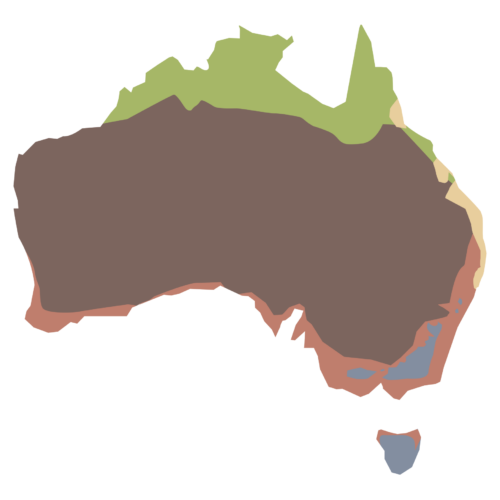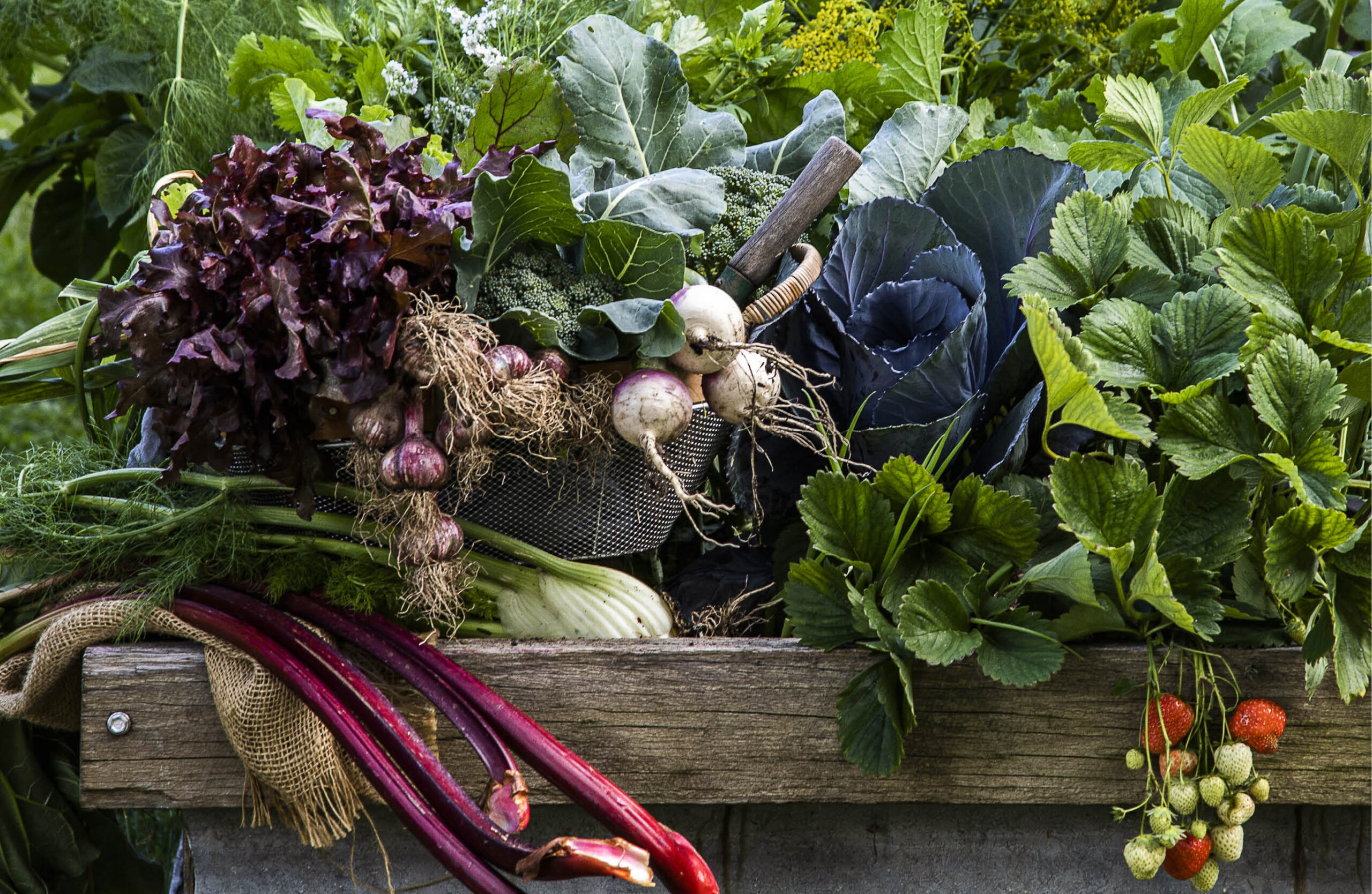Understanding Climate Zones
We all like to experiment with plants that don’t normally grow in our climate or, for the newbies to the gardening world, you might be starting out and not sure what will be happy in your garden. It is important to choose the right plants for the different seasons in your climate, as struggling plants are more likely to be attacked by pests. You can achieve a different climate by growing in pots and moving the pots around to the best position. Or find microclimates in your garden that would better suit plants you want to grow. Generally though, healthy plants need to be grown in the right climate.
That’s where the Organic Gardener climate zone map comes in: it’s a very important resource along with the our planting guides as they show you when and how to grow the plants that best suit your climate.
The map identifies five broad climate zones in Australia:

 Tropical
Tropical
Typically, a hot, humid summer and no frosts in colder months. Known for its monsoon or ‘wet season’ and ‘dry season’. Mainly across the top end of Australia from Exmouth, Western Australia, to south Townsville, Queensland.
 Subtropical
Subtropical
A mild climate, with low winter rainfall and reliable summer rainfall; warm, humid, wet summer with frosts rare in winter. Includes: Brisbane, Bundaberg, Coffs Harbour, Gold Coast, Hervey Bay, Mackay, Rockhampton, Sunshine Coast.
 Arid/semi-arid
Arid/semi-arid
Very high summer temperatures; very high evaporation; a dry summer with prolonged drought is common. Includes: Alice Springs, Mildura, Albury-Wodonga, Shepparton, Wagga Wagga, Dubbo.
 Warm temperate
Warm temperate
Typically, cool winters with light frost, usually non-existent on the coast. Includes: Sydney, Perth, Adelaide, Newcastle, Toowoomba, Central Coast NSW, Wollongong, Bunbury.
 Cold temperate
Cold temperate
Cold winter temperatures with some areas experience heavy frosts and snow. Hot, dry summers. Includes: Melbourne, Canberra, Hobart, Launceston, Ballarat, Bendigo, Geelong, Mt Gambier.
It’s worth noting, though, what any long-term gardener in your area will tell you, your designated climate zone is not where the discussion ends. Within your climate zone, and even within your garden itself, there will be microclimates – areas where the temperature is modified by things such as aspect (north or south facing), geography (in a frost hollow or on a hilltop), the built environment (urban heat island effect) and proximity to thermal mass (near a large body of water or a brick wall). Consider these parts of the puzzle before coming to a conclusion as to what is likely to do well in your winter garden.
These are general guides only. Planting times can vary within climatic zones and are affected by specific local conditions. If you experience variations to what is recommended, make a note for following years – download the printable version of your guide and add a note in the space provided. In general, seeds should be sown at the beginning to the middle of the planting season so they have time to establish. The end of the season is usually more suitable for planting seedlings.
The map we use is a simplified version of climate maps prepared by the Bureau of Meteorology (BOM) and others. For further information on climate classification head to the Bureau of Meteorology.
Your gardening guide
This guide is a simple way to find out what vegetables, flowers and herbs you can plant in your garden, according to the climate zone you are in and the plants that best suit your gardening (and eating) needs.
It’s a must-have tool for any garden: all you have to is click on your region to discover all the plants that will grow in your climate and then pick which ones you want in your garden. It’s easy! Just follow these steps:
Step 1: Select your climate
Step 2: Select your plants – tick the plants you know will be eaten in your household when ready to harvest. Not sure what to plant? Just choose a month and we will let you know what your options are.
Step 3: View your calendar with all the information you need to get started planting!
It’s easy! Just click here to get started.

